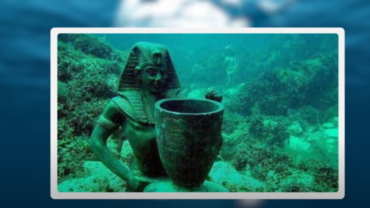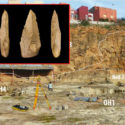The Menehune of Hawaii: Ancient race or fictional fairytale?
The Menehune are supposed to be an ancient race of small-statured people that lived in Hawaii before the arrival of Polynesian invaders. Many scholars associate the Menehune with old structures uncovered in the Hawaiian Islands. On the other hand, others argue that the Menehune stories are post-European encounter mythology and that no such race existed.
The Menehune mythology may be traced back to the dawn of Polynesian history. When the first Polynesians arrived in Hawaii, they discovered dams, fish ponds, roadways, and even temples created by the skilled builders known as the Menehune. Some of these constructions are still intact, displaying very skillful craftsmanship.
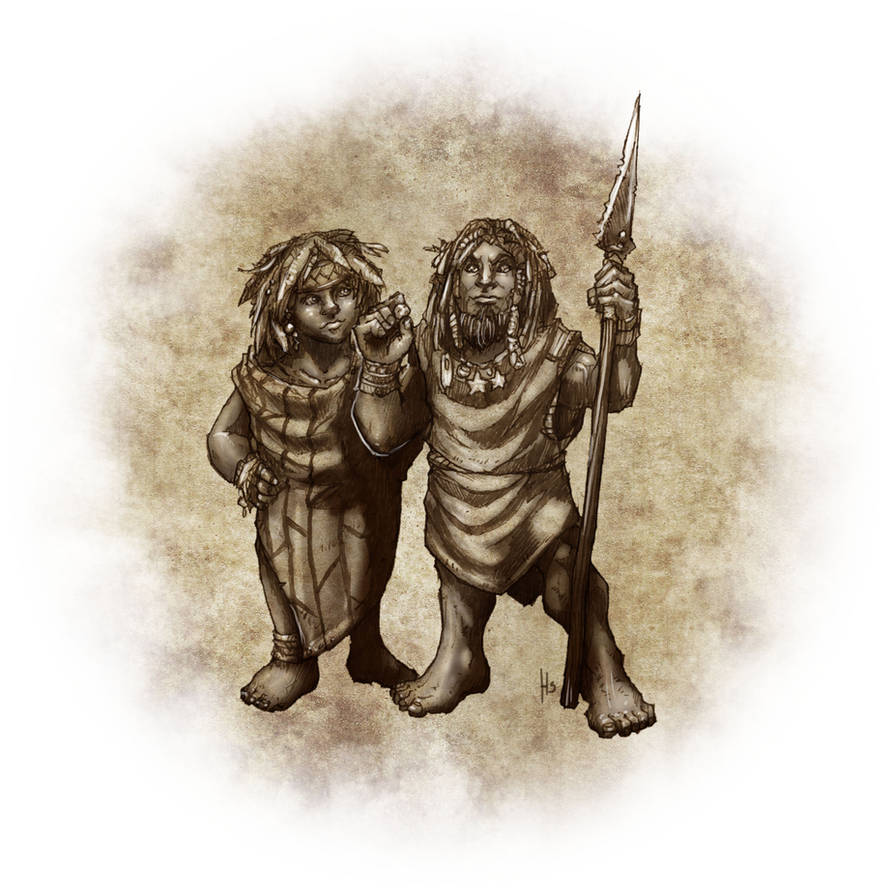
When the Tahitian invasion occurred in 1100 AD, the early settlers were conquered by the Tahitians, who referred to the population as’manahune’ (‘lowly people’ or ‘low social position’ and did not relate to small size). They escaped to the mountains and were eventually dubbed ‘Menehune.’ This notion is supported by an 1820 census that classified 65 persons as Menehune.
According to Luomala, the Menehune is not referenced in pre-contact mythology. Hence the term does not allude to an old race of people. However, this argument is weak because most historical tales were passed down from generation to generation by word of mouth.
When the Tahitian invasion happened around 1100 AD, the early settlers were subjugated by the Tahitians, who referred to the populace as “manhunt” (which means “lowly people” or “low social standing” and has nothing to do with diminutive stature). They fled to the mountains and were finally named ‘Menehune,’ according to an 1820 census, which designated 65 people as Menehune.
According to Luomala, the Menehune is not mentioned in pre-contact mythology. Hence the phrase does not relate to an ancient race. This argument, however, is weak because most historical stories were passed down from generation to generation by word of mouth.
Suppose Luomala and her colleagues are true, and there was no ancient race of expert craftspeople before the Polynesians. In that case, there must be another explanation for the old advanced-design structures in Hawaii that predate any known population.
However, no other explanations exist, and most historical sources claim that the Polynesians were the first people to inhabit Hawaii 1,500 years ago. So, let us look at some of the historic structures associated with the Menehune in the region’s mythology.
The Alekoko Fishpond Wall in Niumalu, Kauai
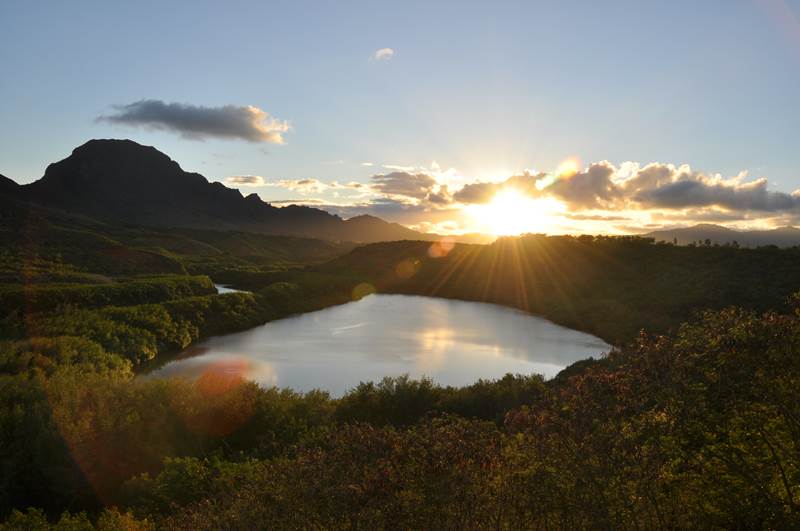
The Menehune Fishpond, also known as the Alekoko Fishpond, is an outstanding example of ancient Hawaiian aquaculture. A 900-foot-long (274-meter-high) lava rock wall was built between the pond and the Hulei’a River to create a dam across a section of the river to retain juvenile fish until they grew large enough to eat. The stones were obtained from Makaweli village, around 25 miles (40 kilometers) away. It is considered an incredible technological achievement, and it was added to the National Register of Historic Places in 1973.
Ceremonial Site on Necker Island
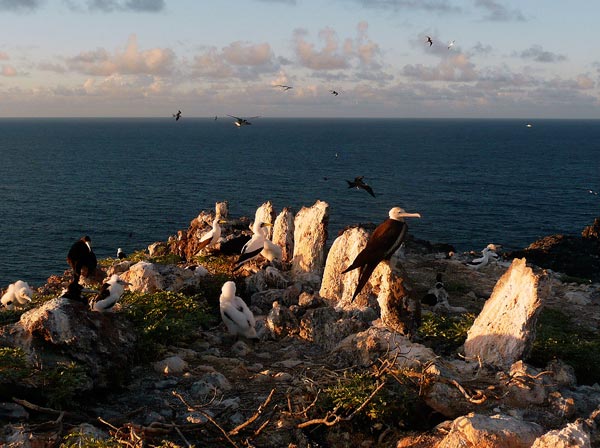
Necker Island is part of the Northwestern Hawaiian Islands. There are few signs of long-term human occupancy. However, the island has 52 archaeological sites, including 33 ceremonial heiaus (upright basalt stones) claimed to be celestially oriented and stone objects identical to those found on the larger Hawaiian Islands.
The heiau designs differ significantly, but they always have rectangular platforms, courts, and upright stones. One of these ceremonial places is 18.6 meters by 8.2 meters. Eleven good rocks are said to symbolize the original 19.
According to mythology, after being expelled from Kaua’i by the stronger Polynesians, the Menehune landed on Necker and built the many stone structures there.
Visits to the island are said to have begun hundreds of years after the major Hawaiian Islands were established and ended hundreds of years before European contact.
The Kakaola Ditch in Waimea, Kauai
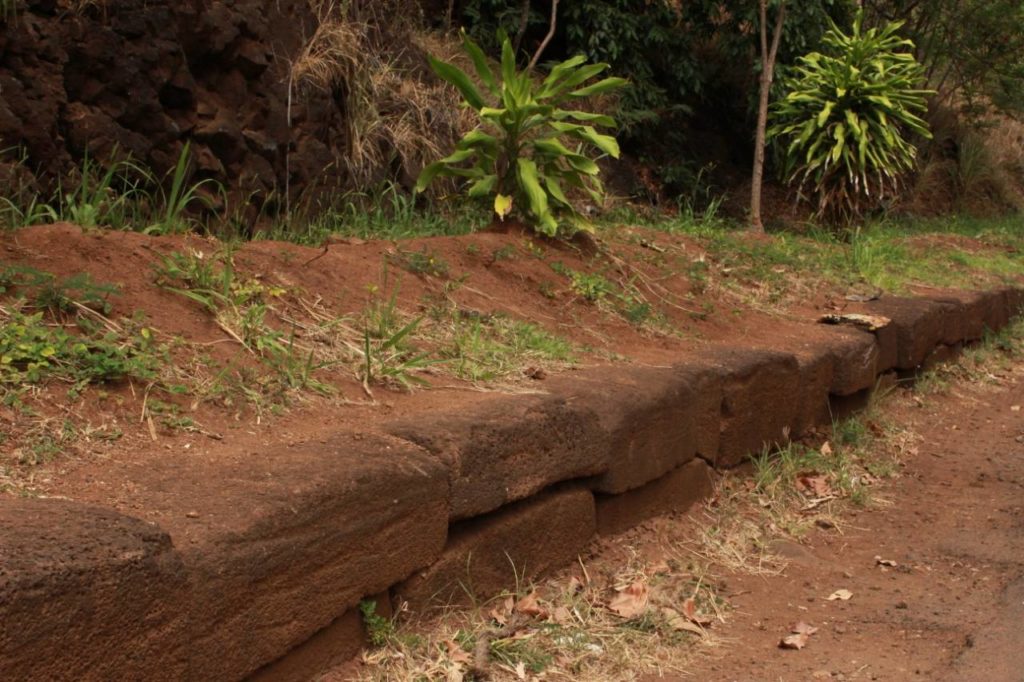
Kayla is a historic irrigation canal in Waimea on the Hawaiian island of Kauai. On November 16, 1984, the Menehune Ditch was added to the National Register of Historic Places. Although dressed stone was infrequently used to line ditches, Hawaiians erected many stone-lined trenches to irrigate ponds for cultivating taro (Kalo).

